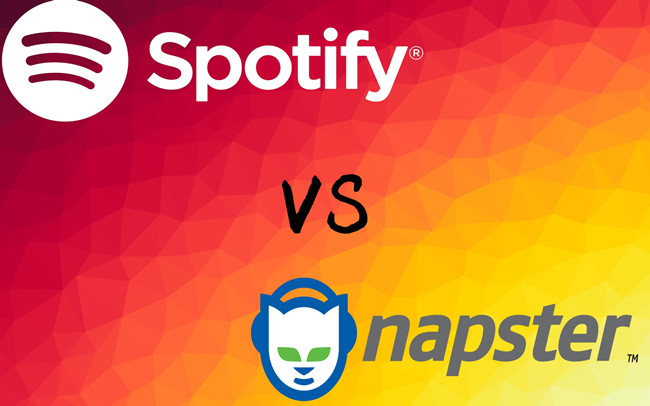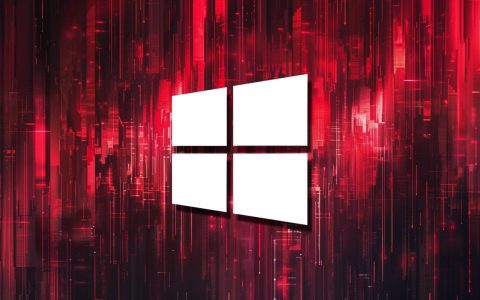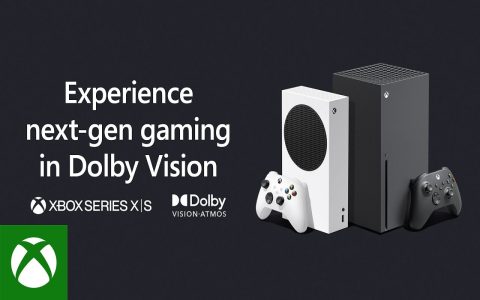Napster and Spotify represent two distinct eras and models in digital music consumption. Understanding their core differences is crucial for appreciating the evolution of music access.
Napster
Original Napster (Late 1990s - Early 2000s):
- Model: Peer-to-Peer (P2P) file-sharing service.
- Primary Function: Allowed users to share MP3 files directly with each other, largely without regard for copyright.
- Content: Predominantly music files, often unauthorized copies.
- Legal Standing: Faced significant legal challenges due to copyright infringement, leading to its shutdown in its original form. A US court found it facilitated illegal music transfer.
- Legacy: Revolutionized music distribution by demonstrating the demand for digital music access, but its initial model was unsustainable due to legal issues. The brand was later revived as a legitimate, subscription-based music service, but its initial impact was as a P2P platform.
Spotify
Spotify (2006 - Present):

- Model: Music streaming service.
- Primary Function: Provides licensed access to a vast library of music, podcasts, and audiobooks on demand.
- Content: Boasts an extensive catalog, including reportedly over 100 million tracks, millions of podcast titles, and hundreds of thousands of audiobooks.
- Legal Standing: Operates on a legal framework, with licensing agreements and royalty payments to rights holders.
- Revenue Model: Freemium model – offers a free, ad-supported tier and multiple premium subscription tiers with enhanced features like ad-free listening, offline downloads, and higher audio quality.
- Legacy: Has become a dominant force in the modern music industry, popularizing the streaming model and serving as a comprehensive entertainment hub.
Key Distinctions
The fundamental differences lie in their approach to content and legality:
- Legality and Licensing: Napster's original incarnation facilitated widespread, often unauthorized, sharing of copyrighted material. Spotify operates as a fully licensed service, paying royalties to artists and labels.
- Content Access: Original Napster was about downloading and owning (often illegally obtained) files. Spotify is about streaming and accessing a library, with downloads typically restricted to offline listening within the app for subscribers.
- Business Model: Original Napster was free and decentralized, lacking a formal revenue structure for rights holders. Spotify employs a sophisticated freemium and subscription-based business model.
- Content Scope: While Napster focused almost exclusively on music files, Spotify has expanded to include podcasts, audiobooks, and even video content, positioning itself as a broader audio entertainment platform.
In essence, Napster was a disruptive P2P pioneer that highlighted the demand for digital music but operated outside legal frameworks. Spotify represents the matured, legalized, and commercialized evolution of digital music access through streaming.









